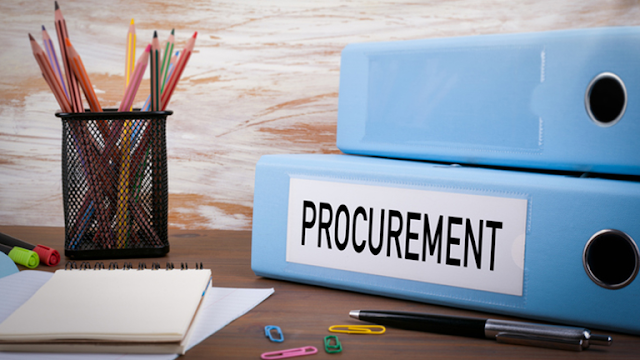Measuring procurement performance - optimal supply chain impact
The procurement performance should be measured because the procurement section plays a vital role in the supply chain in light of the economic contraction.
Reducing the cost of raw materials and services can allow companies to compete with the price of their finished goods to win business. The precise measure to success at any purchase section is the amount of money the company can save.
However, there are several performance measurements that companies can use, such as:
1- Procurement efficiency
2- Procurement effectiveness
3- Procurement function
- Performance measurements4
1- Procurement efficiency
Administrative costs are the basis for measuring procurement efficiency.
The department is connected to the activities that the procurement section might do in comparison with the budget applied by the department.
If costs are within the budget, then the efficiency of the procurement section will exceed expectations. However, if it uses over-budgeted funds, the purchasing function will not be practical.
2- Procurement effectiveness
The price that the procurement section pays for an item is not necessarily a good measure of performance.
The commodity price may fluctuate due to market conditions and other demand pressures, so the procurement section may not control the price. The standard way to evaluate the effectiveness is to review inventory turnover. That is means the average number of times that goods are used or shifted during this period.
However, the seasonal requirements for items in the inventory can make this measurement inaccurate, so it is not always a helpful way.
3- Procurement function:
We measure the performance against the functional requirements of the purchase function.
The function of the procurement section is to provide the correct item on time at the lowest cost. Performance measurement can consider these elements, but not the factors related to supplier stability, material quality issues, and supplier reductions.
4- Performance measurements
We can measure the performance of the procurement function via many measurements.
The company can decide which of these measures is related to the performance:
- Cost savings: If the department buys a commodity at a lower price than before, it saves the cost.
that can happen When we find a new supplier or use a lower-cost alternative item or sign a contract with the seller, a cheaper transfer method is found, or the procurement department negotiates a lower price with the current supplier.
- Increase quality: When an item improves quality by using a different supplier or negotiating with the current one, the improvement will reduce waste or production resources.
- Procurement improvements: Efficiency used in the procurement section will increase effectiveness. that could include introducing electronic data interchange systems (EDI), electronic procurement systems, inventory of vendors, and receipts payment.
- Transport improvements: When the Procurement Department negotiates with an airline or several telecommunications companies to reduce the cost of transporting goods from the seller to the production facilities, the cost of an item will reduce, and this cost-saving can be used as a measure of effectiveness.
- Procurement performance: Many studies said that there is no single method covering each procurement section. However, many vital measures are helpful, such as cost savings, supplier quality, delivery standards, price efficiency, and inventory flow.
Although these basic measures are standard, they differ between industries and companies, and their importance will change over time. Therefore, they must be evaluated and adjusted regularly.
You can master these skills by enrolling in a procurement skills training course and supply chain management training course with LPC Training. These in-depth courses can help you improve your procurement skills and help you understand its fundamental aspect in a much deeper way.
Check out our full list of Procurement training courses in London.



Comments
Post a Comment